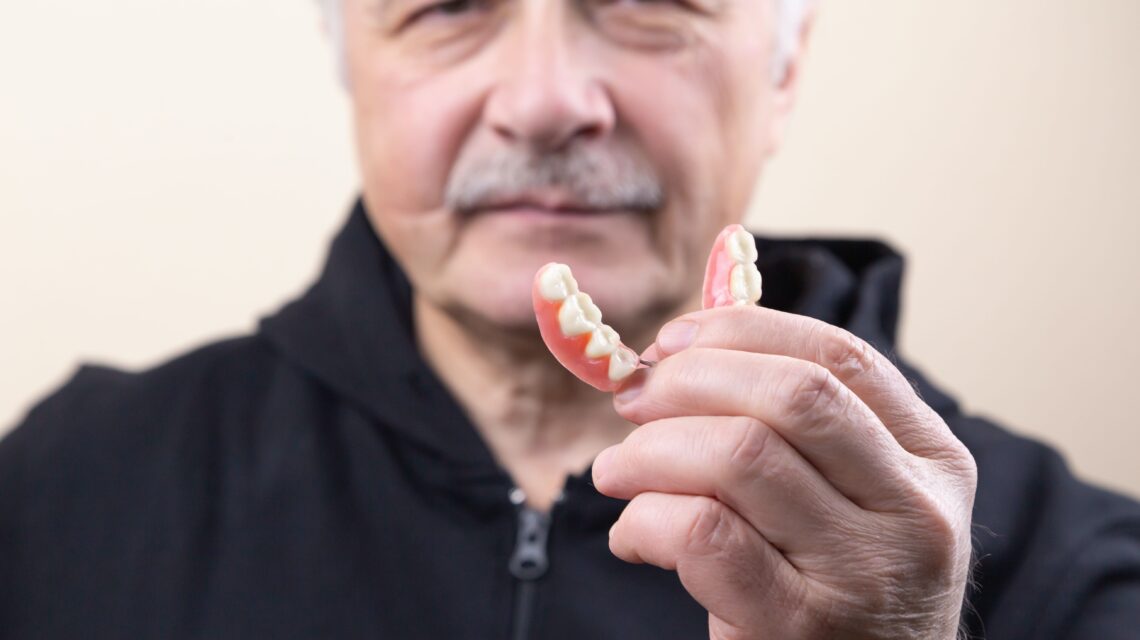When you’re happy with your smile, you’re happy with yourself. This is a problem for us who lack teeth. It may be embarrassing to smile. Missing teeth can even affect the way you chew and speak. Fortunately, Bali Dental & Implants Centre helps fill these gaps with dental bridges. One of the many services we offer is a dental bridge that helps fill the gaps created by tooth defects. Here we talk about dental bridges, the application process, what they are, how they work, and how to care for them.
What is a Dental Bridge?
Dental bridges are prosthetic teeth made of composite, porcelain, ceramic, zirconia, porcelain fused metal, and metal that fill the gaps created by the missing tooth. The bridge is held in place by attaching it to the teeth on either side of the gap. This connection, like a bridge, gave the process its name.
From a restoration dental perspective, this is one of the less invasive procedures if you want to fill the gap without surgery. Rather than implanting a prosthetic directly into your gum and jaw, the bridge causes minimal pain and discomfort, and the healing process is quite quick.
Types of Dental Bridges
The above bridge is a standard dental bridge. There are also:
- Implant – Supported Dental Bridges. Instead of attaching the bridge to the surrounding teeth, use an implant to attach the bridge to the jaw. This may be necessary if multiple teeth are missing or if adjacent teeth cannot support the bridge for some reason.
- Maryland Bridge. This type of bridgework attaches artificial teeth to the back of adjacent teeth. This method can be used if you need a bridge in front of the mouth of a visible laugh zone.
- Cantilever Bridge. If the bridge connects to only one tooth and not to the two surrounding teeth, you can use the cantilever to connect the bridge.
- Traditional Bridge. A traditional dental bridge consists of a false tooth or teeth being held in place by dental crowns that have been cemented onto each of the abutment teeth. A traditional bridge is the most popular type of dental bridge and can be used when you have natural teeth on both sides of the gap created by your missing tooth.
Regardless of which method you choose, Bali Dental & Implants Centre takes great care to ensure that the bridge is properly and securely installed.
When Do You Need to Get a Dental Bridge?
Missing one or more teeth can cause bite irregularities that impact the health of your remaining teeth, your gums, your head and neck, your jaw muscles and your jaw joint (temporomandibular joint). Missing teeth can lead to shifting of the teeth, which can drastically impact how your teeth come together when you bite.
An improper bite (malocclusion) can lead to a variety of problems, including things like headaches, muscle pain, unnatural wearing of the teeth, tooth loss, sensitivity and even TMJD. Missing teeth can causes difficulty of chewing food. Missing front teeth can be particularly problematic as we use them to break off bites of food. The back teeth play a major role in grinding up meat and other foods.
Missing molars therefore affect the manner in which we chew everything and failure to chew adequately can impact digestion, resulting in problems like acid reflux. Your teeth help support the shape and structure of your face. Missing teeth (or even large gaps between teeth) can make it difficult to pronounce certain words. You may experience slurring, whistling or even spitting when speaking.
When you have a missing tooth or missing teeth, it can affect you in a number of ways. A dental bridge can address those changes, including:
- restore your smile
- restoring the ability to properly chew
- reestablishing your speech and pronunciation
- maintaining the shape of your face
- re-adjusting your bite to properly distribute the force when you chew
- preventing your remaining teeth from moving out of the correct position
Dental bridges are a very common procedure and you should not rest for more than a day to recover. However, if permanent bridge manufacturing is offsite, you may need to make multiple reservations and you may have to wait for the bridge to arrive.
If you live in Bali and want to know more about Restorative Dental Treatment and Dental Bridges, Bali Dental & Implants Centre wants to hear from you.
A team of experienced dentists work closely with patients to develop individual restoration tooth strategies. It is important for us that our clients leave the office more comfortably and confidently than before.

